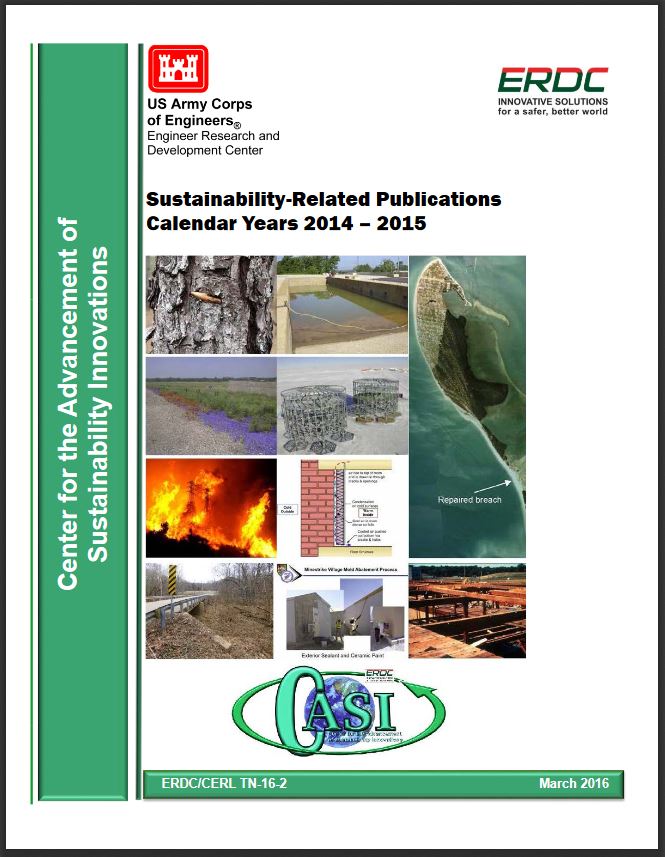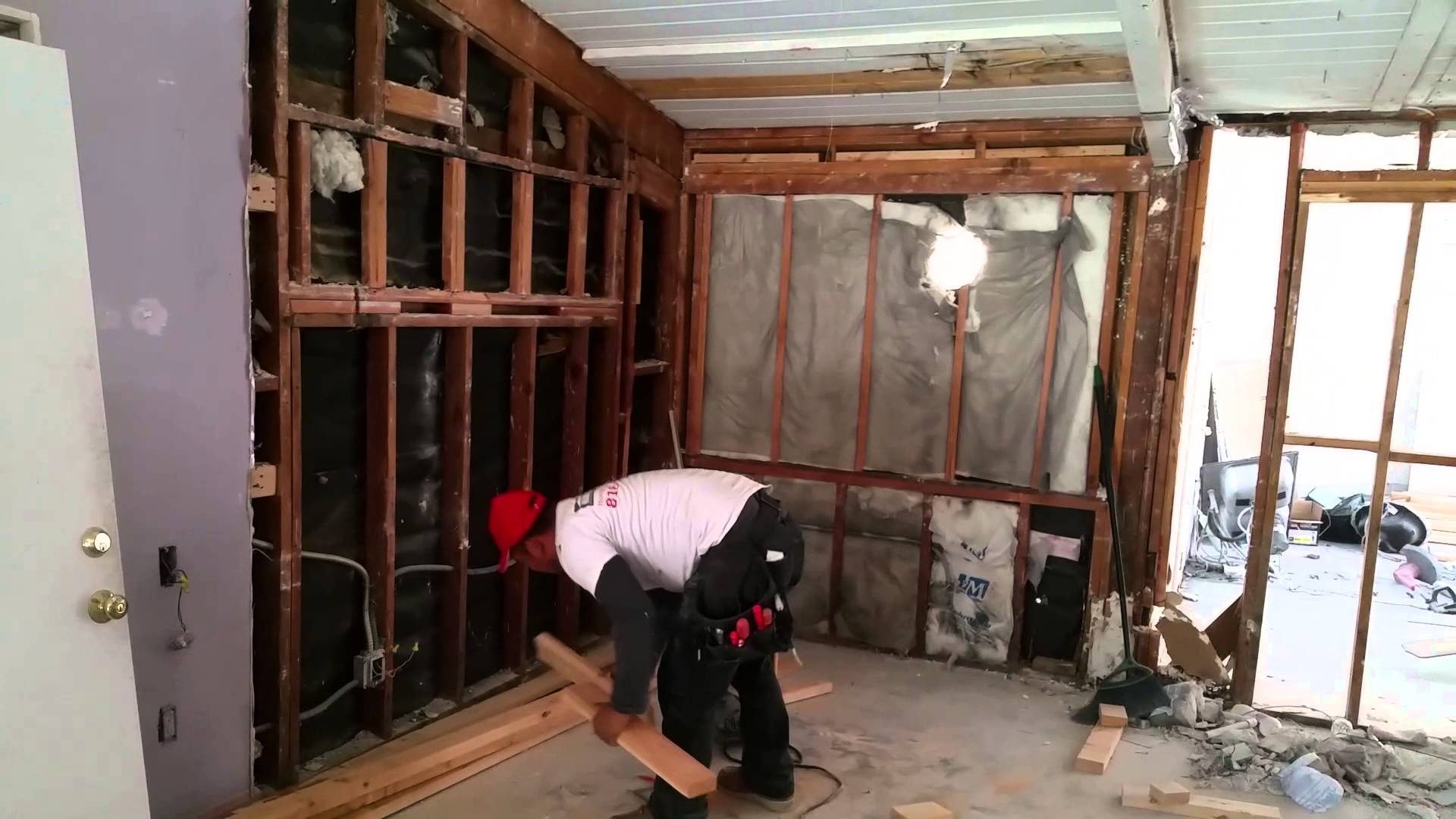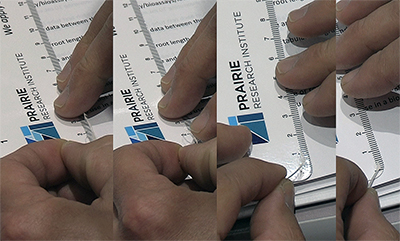
A considerable amount of energy is used to treat and deliver water on a daily basis. Due to the rising cost and impact of that process, ISTC has made a deep commitment to work with organizations in looking for ways to conserve resources and cut costs.
The Technical Assistance Program (TAP) at the Illinois Sustainable Technology Center (ISTC) makes companies and communities more competitive and resilient with sustainable business practices, technologies, and solutions. TAP works at the intersection of industry, science and government to help clients achieve profitable, sustainable results. As a change agency, ISTC partners with clients to improve use of water by improving efficiencies in distribution systems, water consumption and wastewater generation.
TAP focused assessment provides a detailed picture of a site’s water use and consumption patterns. Engineers identify industry best practices, provide cost analysis, payback and environmental benefits. TAP has worked with clients across industry sectors to expose solutions to unnecessary water consumption and wastewater generation, often eliminating costly, recurring wastewater treatment facility surcharges or hazardous waste disposal charges.
ISTC’s technical assistance strategic focus areas for its WatcH20 Program include:
Water use assessments and audits
Commercial and Industrial building audits include a water use assessment and fixture inventory to provide an evaluation that identifies efficiency priorities based on the shortest payback periods. Water usage habits and behaviors are also analyzed with recommendations provided to maximize conservation efforts.
Process specific analysis
ISTC conducts comprehensive analysis of process water including process mapping, metering, data collection, and calculating the full cost of water in the process. Alternative methods can be investigated along with economic analysis of potential changes.
Water purification, reclamation and reduction
ISTC research engineers are skilled at developing and applying the latest technologies to purify and reclaim water and water-based chemistry in a wide variety of industrial and sanitary applications. In addition, ISTC engineers have significant experience with the implementation of conservation technologies (conductivity controls, counter current rinsing, flow restrictors, etc.) for improving water usage.
Implementation strategies
Following thorough data collection and economic analysis, ISTC can construct implementation strategies for efficiency projects that have been ranked as the highest priority. Strategies seek to maximize impact while minimizing disruption.

WatcH20 can provide comprehensive wastewater evaluation and process recommendations to wastewater treatment plants. Benefits to POTWs include:
- Reduced influent contaminants and loads
- Reduced BOD, TSS, FOG, heavy metals, and slug loads
- Improved wastewater treatment efficiencies
- Increased plant capacity
- Increased energy efficiency and energy savings
Recent Success–Health Service
Type of Assistance: Water Use Assessment and Recommendations
Highlights:
- Collected usage data and created process map
- Created water balance to match uses with supply
- Calculated the full cost of processed water
- Analyzed water efficiency opportunities for equipment upgrades
- Provided full report with priorities identified including costs, payback periods, and water usage reduction.
For more successes and case studies, visit the ISTC web site. To schedule a free site visit from TAP engineers, go to www.istc.illinois.edu/sitevisit.
 CASI recently released a document discussing 2014 and 2015 publications related to sustainability (Sustainability-Related Publications Calendar Years 2014 – 2015). The document groups the papers into nine categories (in order of appearance):
CASI recently released a document discussing 2014 and 2015 publications related to sustainability (Sustainability-Related Publications Calendar Years 2014 – 2015). The document groups the papers into nine categories (in order of appearance):

 Summer and Renovations are like two peas in a pod, birds of a feather, or peanut butter and jelly. They just seem to go together. Let’s take a look at a few sustainable options for home renovations.
Summer and Renovations are like two peas in a pod, birds of a feather, or peanut butter and jelly. They just seem to go together. Let’s take a look at a few sustainable options for home renovations.



 Many people are now aware that they shouldn’t flush unwanted drugs down the toilet because those chemicals end up in waterways and pollute the environment. So what is the correct way to dispose of unwanted medicine?
Many people are now aware that they shouldn’t flush unwanted drugs down the toilet because those chemicals end up in waterways and pollute the environment. So what is the correct way to dispose of unwanted medicine? The U.S. EPA recommends that unwanted drugs including prescriptions, over-the-counter, and pet medicines be disposed of though a one-day or permanent take-back program. These take-back programs are typically at local police stations or pharmacies. If and only if it is absolutely not feasible to take the unwanted drugs to a collection site, then the medicines should be mixed with kitty litter or coffee grounds, sealed in a water proof container, and placed in the trash. These safe disposal methods also reduce incidences of accidental poisonings in children, elderly, and pets and reduce drug abuse.
The U.S. EPA recommends that unwanted drugs including prescriptions, over-the-counter, and pet medicines be disposed of though a one-day or permanent take-back program. These take-back programs are typically at local police stations or pharmacies. If and only if it is absolutely not feasible to take the unwanted drugs to a collection site, then the medicines should be mixed with kitty litter or coffee grounds, sealed in a water proof container, and placed in the trash. These safe disposal methods also reduce incidences of accidental poisonings in children, elderly, and pets and reduce drug abuse. While the majority of drugs are taken by pill, some require injection which leaves behind needles and syringes, called sharps. Sharps have special disposal requirements because once they have touched a person’s blood they are then considered biohazardous materials and can be vectors for the spread of certain diseases. Because of this risk, sharps are not allowed in household recycling bins or in the take-back program bins or at household hazardous waste collection sites. Residents are allowed to place sharps in ridged plastic containers sealed with duct tape with the words “do not recycle” on the outside and then place the containers into the trash. But this method is not the safest for the environment or for landfill employees. The best method recommended by the U.S. EPA is to find a sharps collection site (typically at hospitals) or use a mail-back program.
While the majority of drugs are taken by pill, some require injection which leaves behind needles and syringes, called sharps. Sharps have special disposal requirements because once they have touched a person’s blood they are then considered biohazardous materials and can be vectors for the spread of certain diseases. Because of this risk, sharps are not allowed in household recycling bins or in the take-back program bins or at household hazardous waste collection sites. Residents are allowed to place sharps in ridged plastic containers sealed with duct tape with the words “do not recycle” on the outside and then place the containers into the trash. But this method is not the safest for the environment or for landfill employees. The best method recommended by the U.S. EPA is to find a sharps collection site (typically at hospitals) or use a mail-back program. Once the drugs and sharps are collected by their designated collectors, they are securely transported to a special medical incinerator that is designed to handle these types of waste streams with specialized equipment to prevent environmental pollution.
Once the drugs and sharps are collected by their designated collectors, they are securely transported to a special medical incinerator that is designed to handle these types of waste streams with specialized equipment to prevent environmental pollution.

